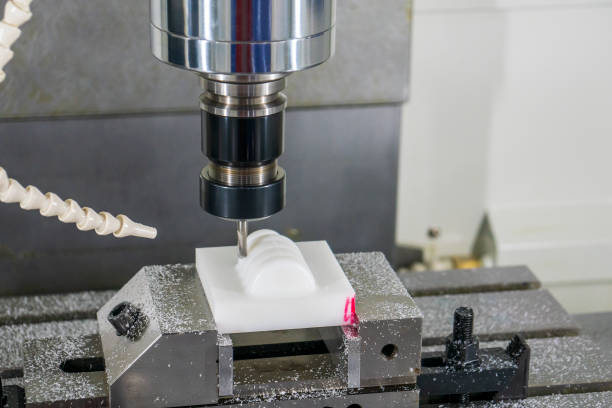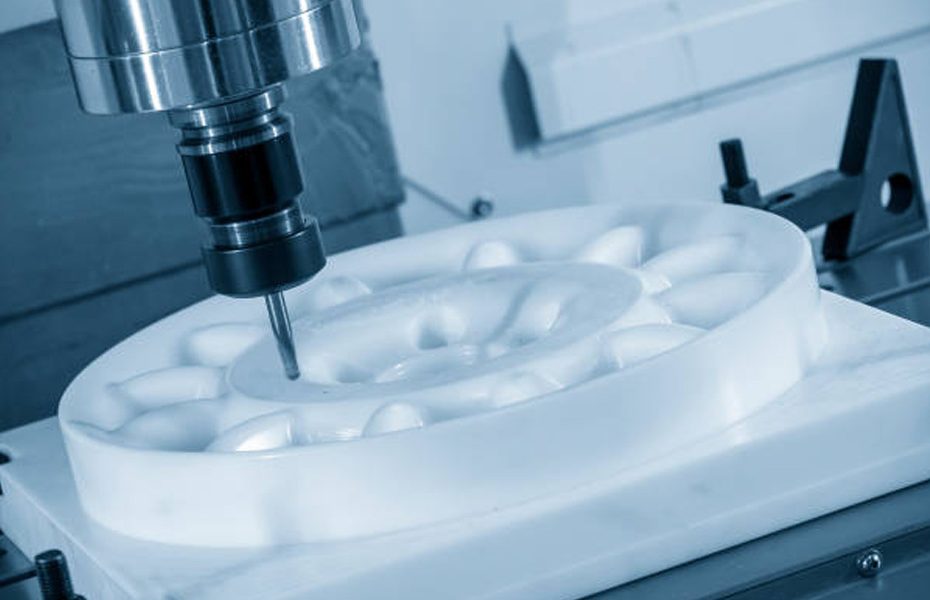CNC machining is a popular manufacturing process that is commonly used to produce plastic prototypes. CNC plastic prototyping involves using computer-aided design (CAD) software to create a 3D model of a part or component, and then using a CNC machine to precisely cut the part from a block of plastic material. In this blog post, we will discuss everything you need to know about CNC plastic prototyping.

What is CNC plastic prototyping and why is it important?
CNC plastic prototyping is a manufacturing process that allows for the creation of plastic parts and components with high accuracy and precision. It is an important step in the product development process, as it allows engineers and designers to test and refine their designs before moving on to mass production.
The benefits of CNC plastic prototyping over other prototyping methods
Compared to other prototyping methods such as injection molding and 3D printing, CNC plastic prototyping offers several benefits. These include:
- High accuracy and precision: CNC machines can achieve very tight tolerances, making it possible to create parts with very precise dimensions and shapes.
- Wide range of materials: CNC plastic prototyping can be used with a wide range of plastic materials, including ABS, polycarbonate, and acrylics.
- Strength and durability: CNC plastic parts can be strong and durable, making them suitable for a wide range of applications.
The different types of plastics commonly used in CNC plastic prototyping
There are many different types of plastics that can be used in CNC plastic prototyping, each with its own unique properties and characteristics. Some common types of plastic used in CNC plastic prototyping include:
- ABS: a strong and durable plastic that is commonly used in the automotive and electronics industries.
- Polycarbonate: a lightweight and impact-resistant plastic that is often used in the aerospace and medical industries.
- Acrylic: a transparent plastic that is commonly used in the signage and display industries.
The design considerations for CNC plastic prototyping, including wall thickness, draft angles, and undercuts
When designing parts for CNC plastic prototyping, there are several factors to consider to ensure that the parts can be machined accurately and efficiently. These include:
- Wall thickness: parts should be designed with a uniform wall thickness to ensure that they can be machined accurately and avoid warping.
- Draft angles: parts should be designed with draft angles to allow for easy release from the mold.
- Undercuts: parts should be designed to avoid undercuts, as these can be difficult to machine with CNC equipment.
The process of CNC plastic prototyping, including CAD design, programming, and machining
The process of CNC plastic prototyping involves several steps, including:
- CAD design: the part is designed using CAD software.
- Programming: the CAD file is converted into a program that can be read by the CNC machine.
- Machining: the CNC machine cuts the part from a block of plastic material.
The cost and turnaround time of CNC plastic prototyping
The cost and turnaround time of CNC plastic prototyping can vary depending on factors such as the complexity of the part, the material used, and the size of the production run. However, CNC plastic prototyping is generally more cost-effective and faster than other prototyping methods such as injection molding.
Quality control measures for CNC plastic prototyping, such as inspection and testing
To ensure that CNC plastic parts meet the desired specifications, quality control measures such as inspection and testing are used. These can include visual inspection, dimensional inspection, and material testing.
CNC plastic prototyping is a valuable manufacturing process that allows for the creation of precise and accurate plastic parts and components. By understanding the benefits, design considerations, and process of CNC plastic prototyping, engineers and designers can make informed decisions about the best prototyping method for their project. Whether creating a prototype for testing and refinement or producing a small production run, CNC plastic prototyping is a reliable and cost-effective option. With quality control measures in place, CNC plastic prototyping can result in high-quality parts that meet the desired specifications. If you’re looking for a reliable and experienced CNC plastic prototyping service provider, be sure to do your research and choose a company that has a track record of producing high-quality parts with tight tolerances.
